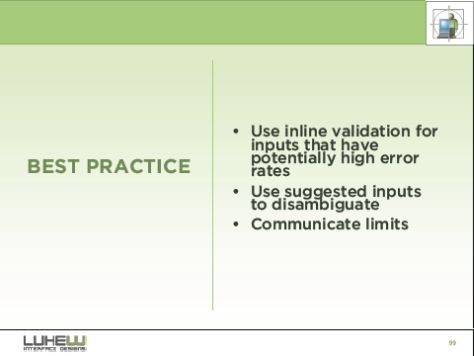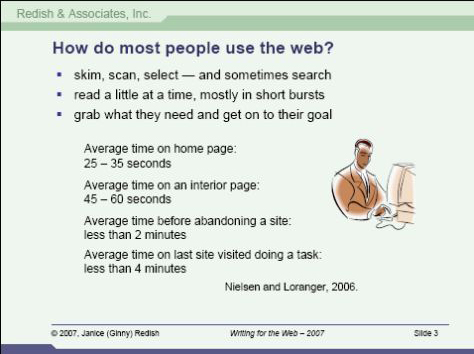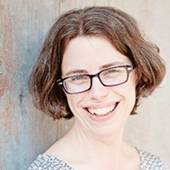Conference Registration
Registering for the STC conference proved to be a very difficult experience. After my boss told me I could go to the Summit, he first tried to purchase my registration for me, using his corporate credit card. I stood behind him, and neither of us could quickly figure out the path to completing the registration. We gave up for the time being, and my boss gave me his credit card information so I could take my time registering. Unfortunately, this was just the beginning of my troubles with the STC Technical Communication Summit Web site and printed materials.
I decided to create a Google calendar for my conference schedule. At that time—around mid-March—I believe the organization and layout of the schedule for the education sessions were okay. There was nothing extremely bad or good about the conference site.![]() However, when I returned to the conference site in April, it had been redesigned, making it almost completely unusable. Specific information about the usability track was very limited and left me with too many questions. There was no grid or calendar of any kind that concisely displayed conference events. Links did not take me where I expected them to lead me. The search feature was a farce. It was truly a frustrating experience.
However, when I returned to the conference site in April, it had been redesigned, making it almost completely unusable. Specific information about the usability track was very limited and left me with too many questions. There was no grid or calendar of any kind that concisely displayed conference events. Links did not take me where I expected them to lead me. The search feature was a farce. It was truly a frustrating experience.
The STC Web site has never been nice to look at, but the conference site added a new, lower level to the organization’s poor Web design. A poorly designed site by a respected professional organization is an embarrassment they should fix—if only to help the image problem they’ve had for years. I brought up the issue of their poor site design during my weekend seminar, and everyone who heard what I had to say about it jumped in and agreed.
To make matters worse, when I received the huge conference schedule booklet, I found it was organized so it was impossible to tell the time of any given session or activity by simply looking at its description. I had to check for time and day headings that might be two pages away and easily lost amidst the rest of the text. Again, I expected much better from a technical communications organization.
Usability Seminar
Lyle Kantrovich and Chad Curtis from Human Factors International (HFI) led the usability seminar. I had never heard of HFI before, but others in the class had. The students were a nice mix of people who were completely new to usability theory and practice, while others were more up to speed, making the seminar mostly a review for them. The seminar was an abbreviated version of one of HFI’s three-day seminars that can count toward their usability certification.
All seminars were held at the downtown Minneapolis Hilton. Classes were from 9:00 am to 4:30 pm, and STC provided a decent lunch. The HFI usability seminar—though mostly a review for me—was interesting and helpful as I transition my career path toward becoming a usability specialist. Lyle and Chad from HFI were definitely knowledgeable and well rehearsed in their presentation. Their handouts—which arrived just as class began on Saturday morning—were excellent. Each attendee received a huge binder containing every slide, plus a booklet on Web controls, and nice reference sheets for topics they covered—including screen types, accessibility, and so on—on glossy card stock. There were exercises at the end of each segment of the seminar that proved to be a good test of our knowledge and opinions.
The weird bit about the HFI presentation was the video clips they played, which seemed not originally to have been created for the seminar. Perhaps the clips were part of their new employee training, because they felt cultish. For example, the CEO of HFI, Dr. Eric Schaffer spoke slowly and calmly with a slight smirk—as if he were perhaps secretly trying to brainwash us. HFI uses a very particular methodology and lingo that today seem a couple of steps behind more progressive thinkers like Robert Hoekman and Luke Wroblewski. I could be totally wrong, but that’s how it felt to me.



